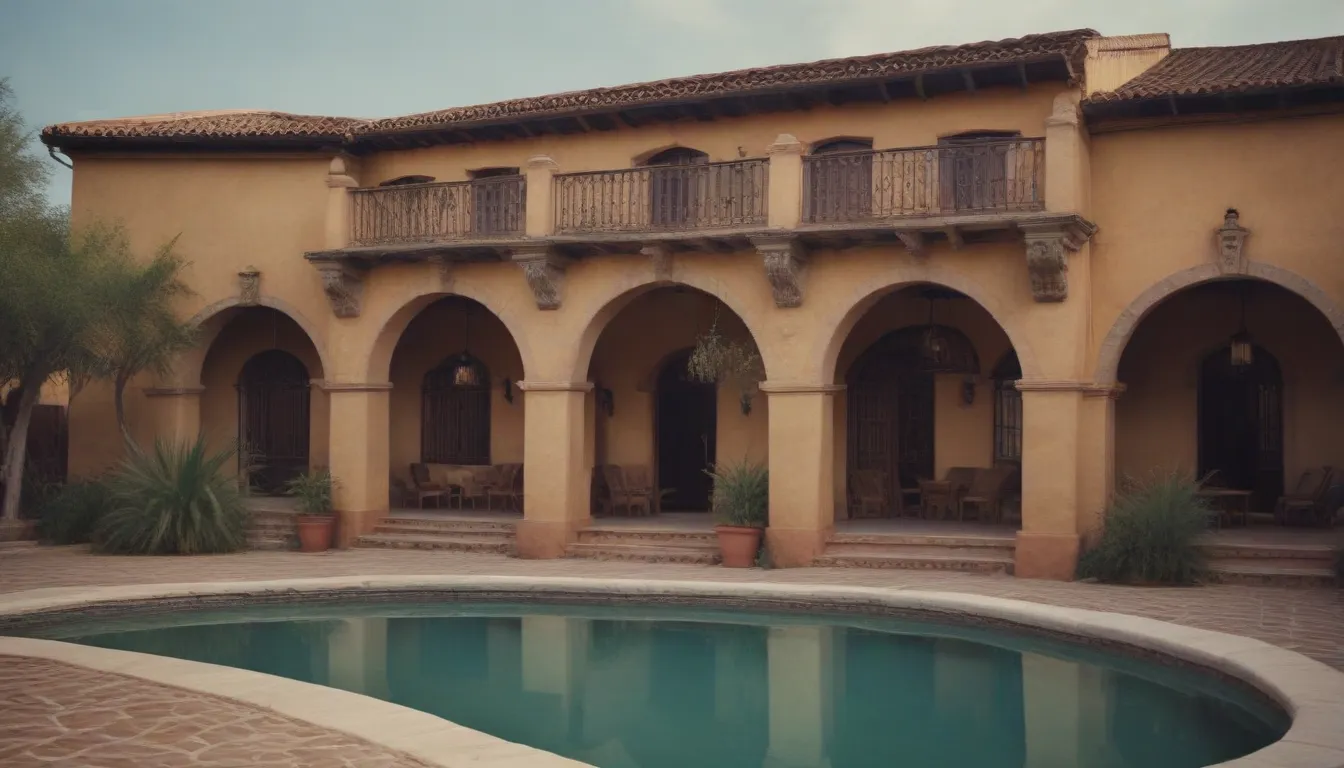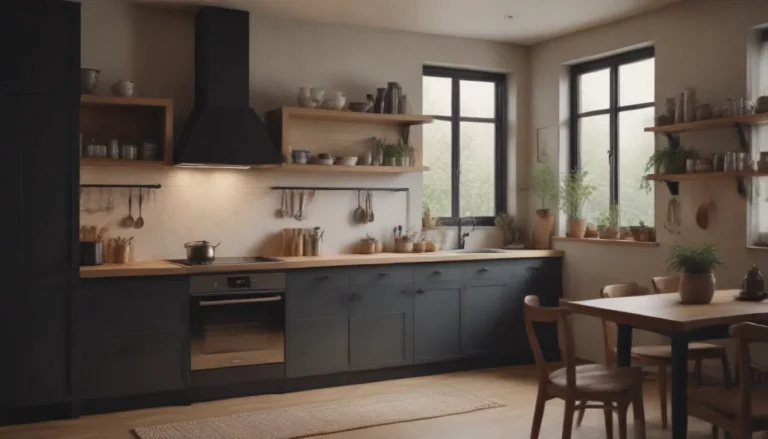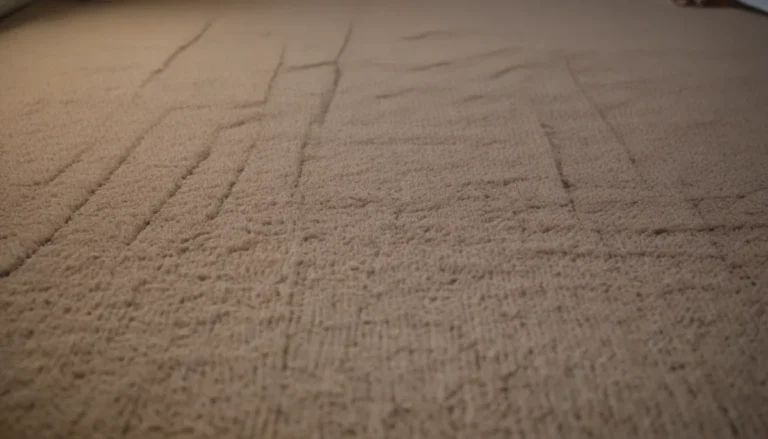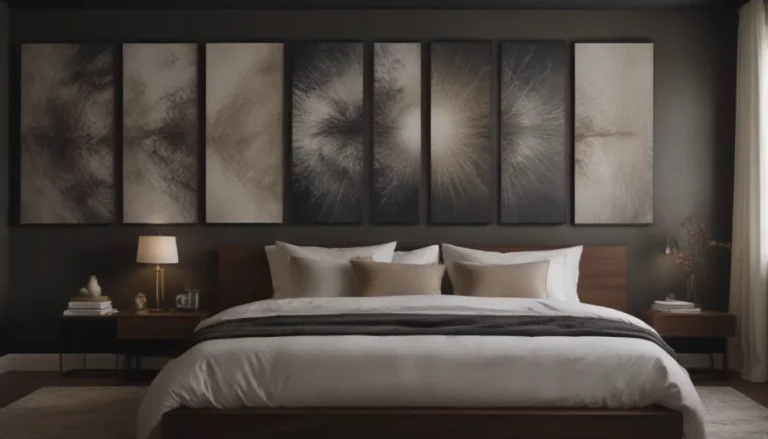Exploring Hacienda Architecture: A Deep Dive Into Traditional Spanish Influence

If you’ve ever marveled at the charm of a hacienda-style home with its white stucco walls and red clay roof tiles, you’re not alone. This architectural style has captivated homeowners and architects alike for centuries, with its origins tracing back to Spain and Mexico. In this comprehensive guide, we’ll delve into the rich history and key elements of hacienda architecture, shedding light on what makes these homes so unique and enduring.
The Rich History of Hacienda Architecture
Hacienda architecture has deep roots in Spain and Mexico, where it is considered a traditional building style. Dating back nearly four hundred years, hacienda-style homes made their way to the United States between the 1600s and the mid-1800s. Spanish settlers who sought warmer, drier climates similar to their homelands built their hacienda homesteads in states like California, Arizona, New Mexico, and Florida.
Utilizing traditional building techniques and materials such as adobe and red clay roof tiles, these settlers recreated the architectural styles of Spain and Mexico in the American Southwest. Even after the Spanish Colonial period ended in the mid-1800s, hacienda-style homes continued to thrive, evolving with the times while retaining their original elements.
Must-Have Elements of Hacienda Architecture
While hacienda-style homes may vary in appearance depending on their geographic location, there are several key elements that define this architectural style. Here are some must-have features of hacienda architecture:
-
Red Clay Roof Tiles: The iconic red clay roof tiles are a trademark of hacienda-style homes, providing both aesthetic appeal and functional benefits. Shaped like half tubes, these tiles capture cool air and release it into the home, making them ideal for warm, dry climates.
-
White Stucco Walls: Thick adobe walls finished with white stucco are a hallmark of hacienda architecture. Besides being a traditional building material, these walls are well-suited for hot, sunny climates, retaining cool air during the day and releasing warmth at night.
-
Rustic Wood Accents: Heavy wooden doors and exposed beams add warmth and texture to hacienda-style homes. While stucco walls are typically left unadorned, wooden accents provide architectural interest and structural support.
-
Small Windows With Spindles: Haciendas often feature small windows with decorative spindles, allowing for ventilation while minimizing direct sunlight. While traditional homes may have lacked glass panes, modern haciendas typically incorporate them for practicality and aesthetics.
-
Courtyards: Whether located indoors or outdoors, a courtyard is central to hacienda architecture. Traditionally situated in the center of the home, courtyards provide a space for cooking and socializing while dissipating heat. Today’s courtyards may be positioned differently but often feature a fountain or water feature as a focal point.
-
Archways: While hacienda exteriors are typically simple in design, archways add a touch of elegance and architectural flair. These structures are commonly found in outdoor hallways or courtyards, enhancing the overall aesthetic of the home.
Where to Discover Hacienda-Style Homes
Due to their reliance on adobe walls and clay roof tiles, hacienda-style homes are most commonly found in warm, sunny climates. You’ll encounter these charming dwellings across the American Southwest, particularly in states like Arizona and New Mexico. California and Florida also boast their fair share of haciendas, showcasing the enduring appeal of this architectural style.
With their roots in Spanish and Mexican traditions, hacienda-style homes offer a unique blend of history, charm, and functionality. Whether you’re drawn to their picturesque facades or their practical design features, these homes stand as a testament to the enduring legacy of Spanish colonial influence in American architecture. Explore the timeless beauty of hacienda architecture and bring a touch of history into your own living space.





